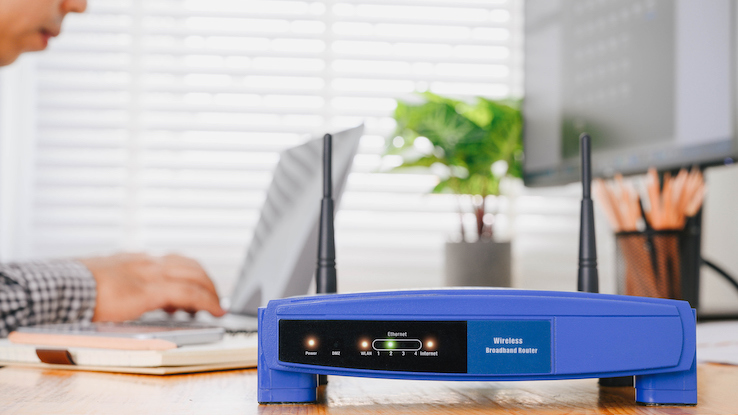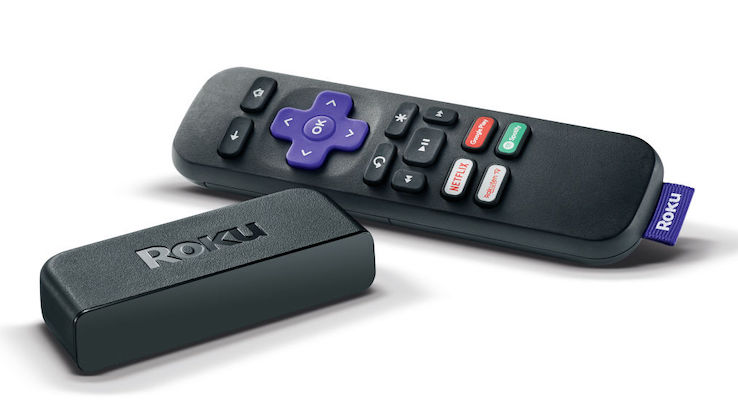Blues Clues Blue Gets to the Beach Watch Online Live

One of the best things about the era of technology we're living in today is that it has totally transformed how we watch our favorite TV shows. Gone are the days of spending hundreds of dollars a month on cable packages we buy just to get one or two specific channels. These days, watching TV online is a great way to see what you want the way you want it — and save money in the process. If you're new to the streaming game, however, there are a few key things you'll want to know to set yourself up for success. Keep the following in mind as you get started.
You'll Want Fast Internet
When you're watching something live, your internet speed does matter. It needs to be able to keep up with the broadcast speeds at which the programs are coming through on your preferred site or service. If your internet is too slow, you'll notice that the picture quality isn't as clear, and the show may pause frequently so it can load. This doesn't give you the smoothest viewing experience.

Most shows that are streamed online today are high definition, or HD. This means that the picture that's streamed from the service to your screen has more pixels in it than standard-definition (SD) shows do, which creates a clearer, crisper, more detailed video image overall. Just about every TV and device these days is made to display HD content properly, and streaming companies (and TV stations) no longer broadcast in SD but in HD as a bare minimum. But, not all internet companies provide service that's fast enough to accommodate HD broadcasting without interruption, particularly if you live in a rural area.
Internet speeds are measured in megabits per second, or Mbps. This represents how quickly your internet service transmits data. For streaming live HD TV programming, you'll want a speed of at least 5 Mbps, but preferably 7 or more, to ensure you're getting a clear picture without pauses for buffering. The higher the level is, the fewer interruptions you'll have. You can figure out your current internet speed by running a test on your computer, such as the one here. If the speed is consistently low, it may be time for an upgrade if you're planning on watching a lot of live TV.
Fast internet isn't the only component for bringing streaming TV into your home. You'll also need a way to access streaming channels and play the content you want to watch. Depending on how you want to view programming — assuming you don't just want to watch on your computer screen, which is always an option if you want to keep things simple — you need a way to get the internet onto your TV. There are several common options for doing this.

Streaming boxes, sticks and other devices are easy to use and affordable, too. These plug directly into your TV and broadcast content directly to the screen. Many of them, like Roku and Amazon Fire TV, come pre-installed with the apps of most streaming services. That means watching is as simple as plugging the device into your TV, turning on the TV and navigating to the app where you want to watch live programming. You'll need a TV with an HDMI port on it to view this way, but most relatively new models are equipped with these plugs.
Smart TVs are another popular option — they're what most Americans use to view streaming services. These TVs connect to the internet and have streaming apps built in, which removes the need to hook up a peripheral device, at least in some cases. The advantage that outside streaming devices often have over Smart TVs is that Smart TVs typically don't have as wide a range of apps pre-installed. And, in many cases, you won't have a way to download the streaming-service app you want if it doesn't come programmed on the TV. However, you can go online on a Smart TV and may be able to stream live TV through its internet browser. This is a good option if you prefer an all-in-one setup.
If you already have a gaming console like an Xbox One, you can access streaming apps through it, too. The game store that you access using the console should have apps you can download that allow you to watch live TV. If you don't already have a console, however, one of the options above is likely of more use to you — there's no need to pay hundreds of dollars for a streaming device if you don't plan to game on it.
The Apps Matter
Not every streaming service allows you to watch live TV. Netflix, for example, only provides shows and movies on demand — there's no live streaming that matches what's currently playing on cable. That's why it's worthwhile to do a bit of research and choose the services that'll be best for your viewing habits.

Think about what you plan to watch. Are you mostly interested in seeing what's on the news every night and won't watch much else? Are you a sports fan who wants to catch the games but doesn't mind catching up on current events online? Or are you an all-around TV junkie who loves flipping channels? This is partly about saving a few dollars but mostly about honing in on exactly what you want — that's one of the big benefits of streaming live TV over purchasing a cable package.
Some streaming services are geared towards serving niche interests, and these might be ideal for you if you're only planning on watching one type of programming. For example, fuboTV is a streaming service that mainly provides live sports games and sports-related content from the NBA, NFL, NHL, MLB and other organizations; it might suit you best if you're primarily interested in sports. If you want a little bit of everything, on the other hand — news, primetime dramas, your favorite house-hunting show — a service like Hulu Plus Live TV might be more up your alley. Spend some time checking out what's available and provides exactly what you're looking for in a streaming service.
Source: https://www.questionsanswered.net/tech/watching-live-tv-online?utm_content=params%3Ao%3D740012%26ad%3DdirN%26qo%3DserpIndex
0 Response to "Blues Clues Blue Gets to the Beach Watch Online Live"
Post a Comment